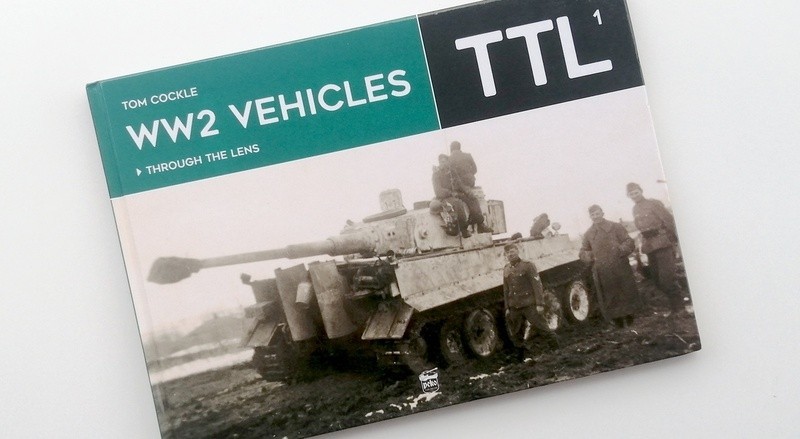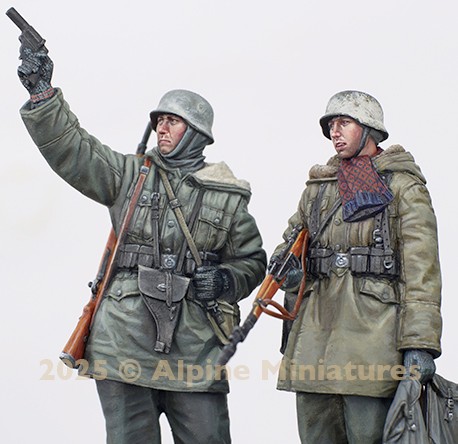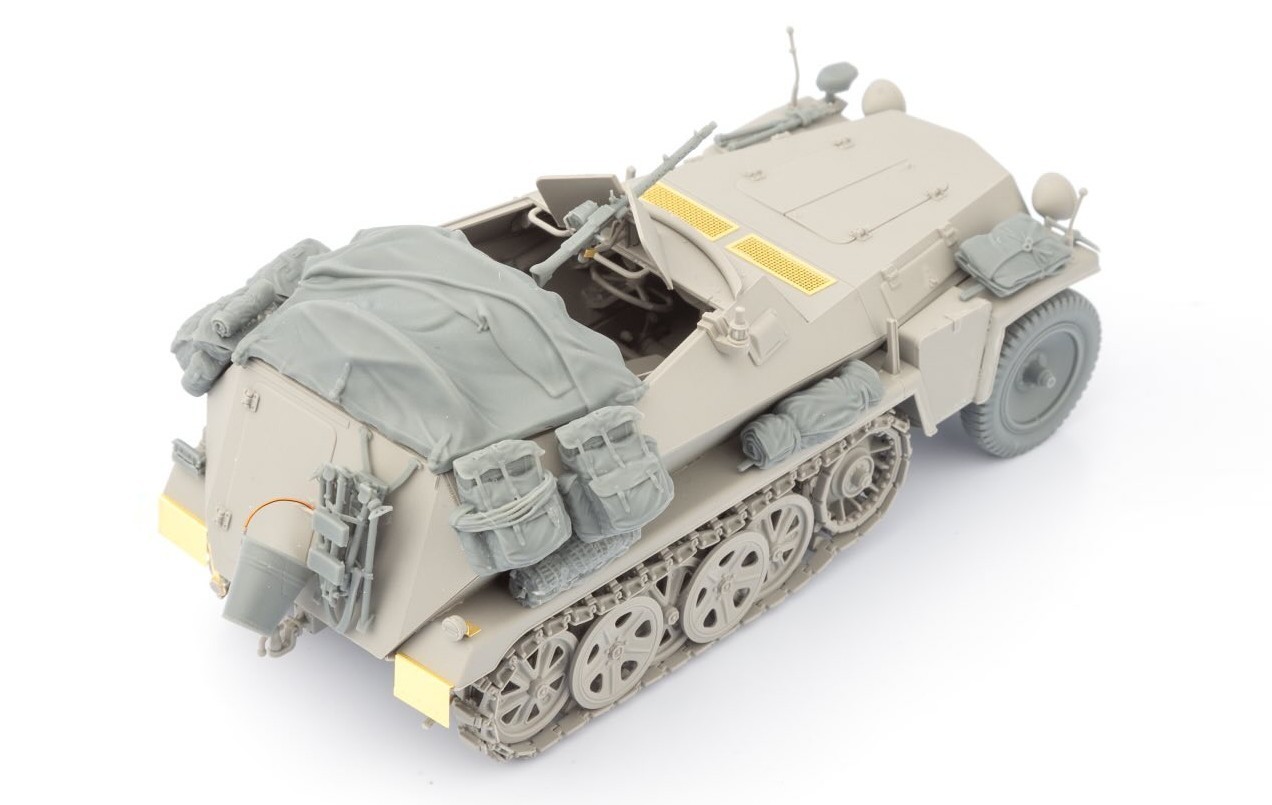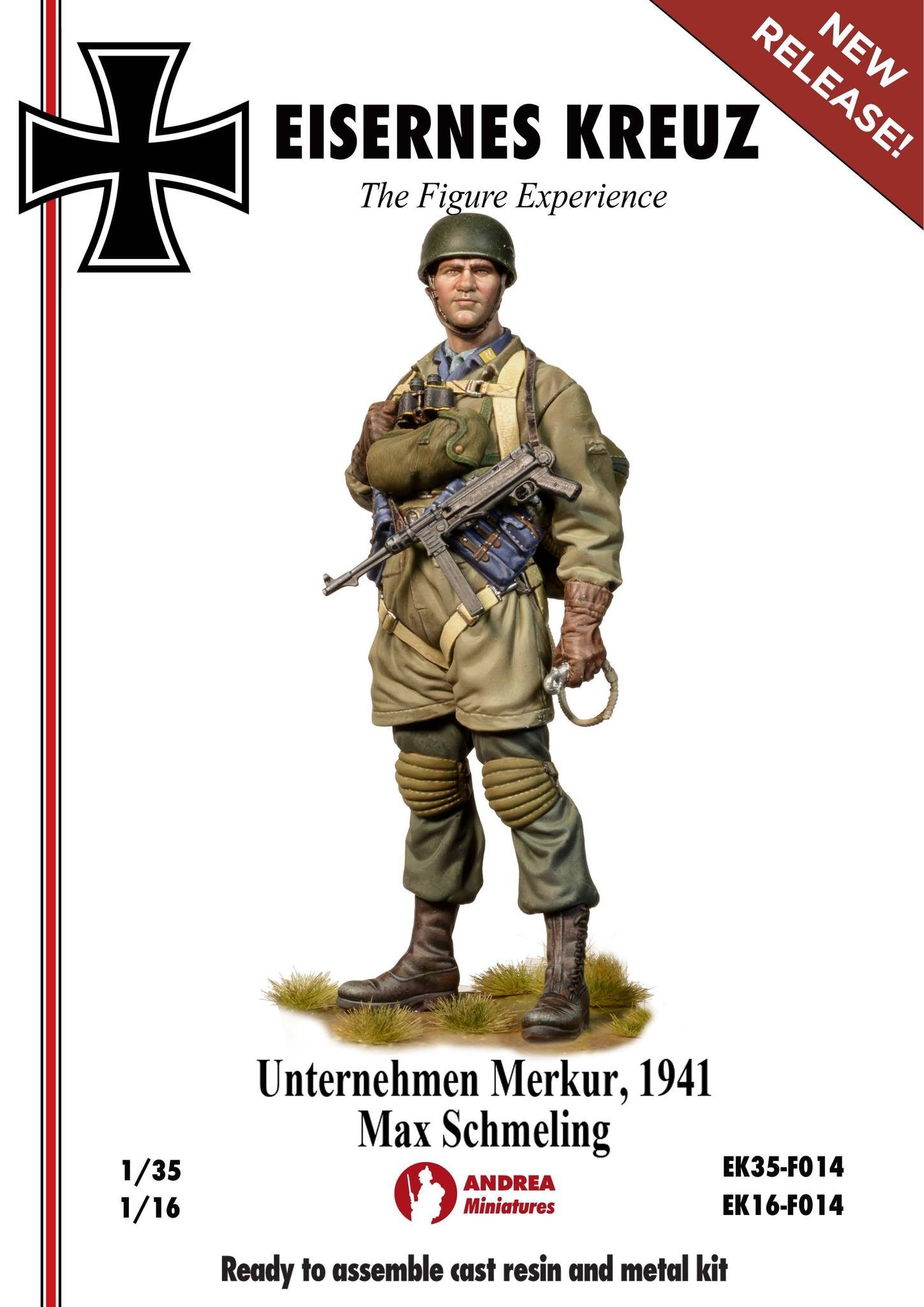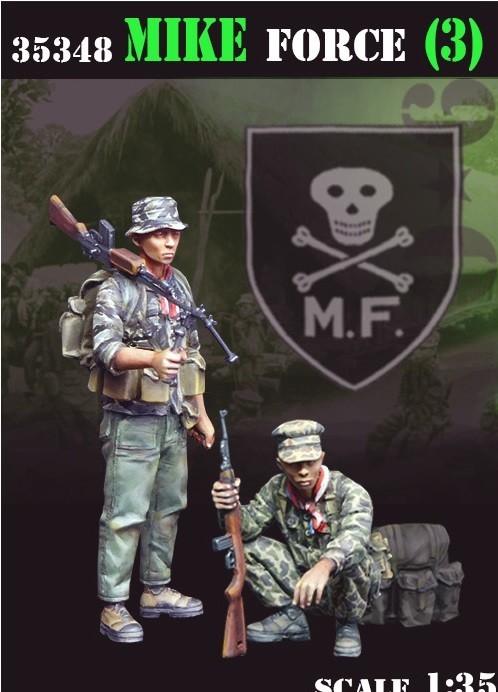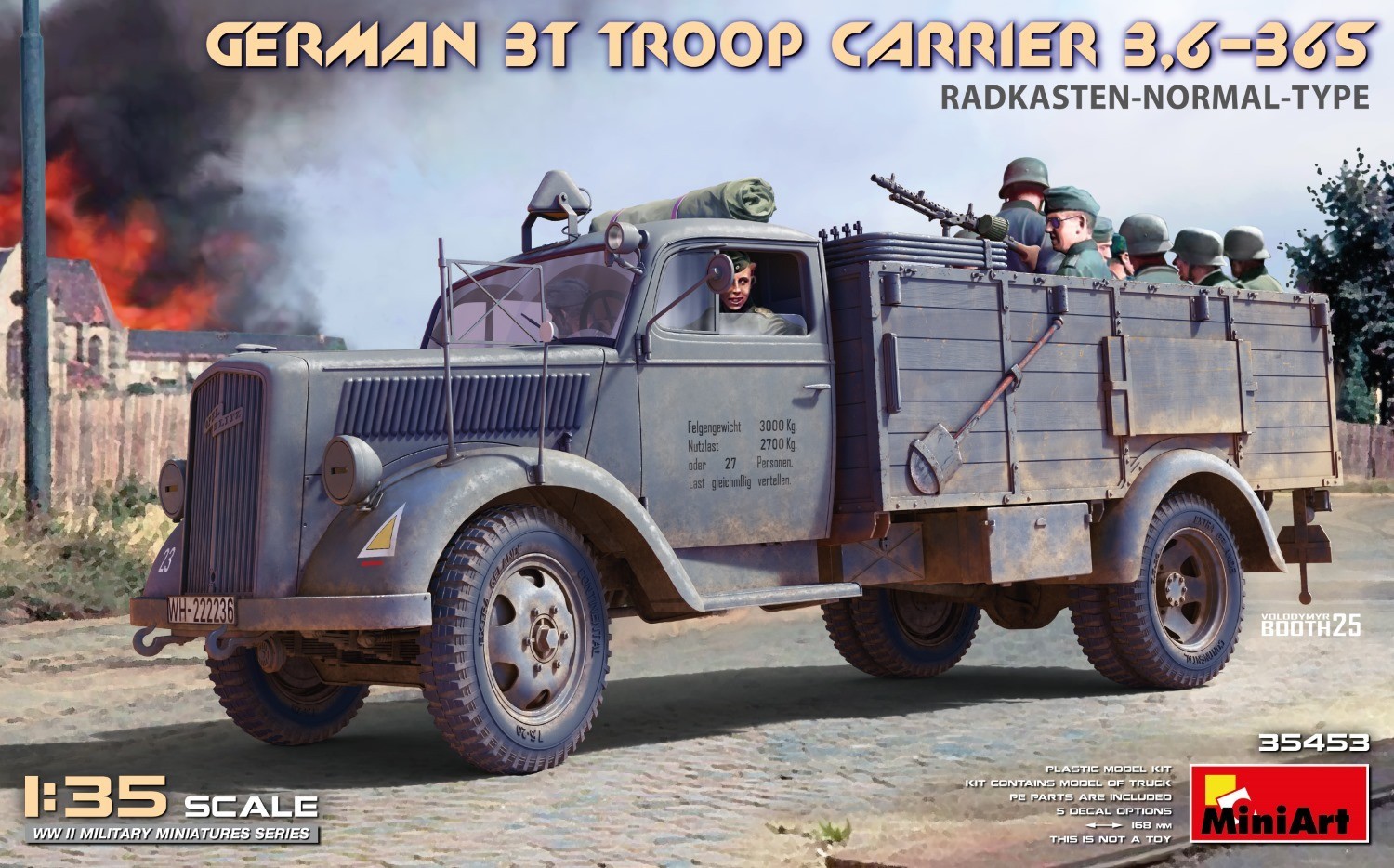WW2 Vehicles Through the Lens Volume 1 is a book by Tom Cockle published by Peko Publishing. It is a hard cover edition in A4 landscape format, perfect for making the most of the page space. The book is a photo album, so there is no text other than the captions. It has 125 pages, with one photo per page. This means that all the photos are printed in large format. These photos are clear and of good quality. The book is divided into six sections of about 19 pages each:
- Part One - Sturmgeschütz-Abteilung 202
- Part Two - Panzerkampfwagen VI Tiger Ausf E
- Part Three - Lend-Lease Tanks
- Part Four - Panzerkampfwagen IV Ausf. A to F
- Part Five - Marder II
- Part Six - Miscellaneous vehicles.
The set of pictures is very heterogeneous, not only by vehicles as you can see from the index, but also by theatres and seasons. There are pictures from all over Western Europe as well as from the Eastern Front, from 1940 to 1944, in summer, autumn, winter or spring. The captions are very good and descriptive, but not too long (usually about three lines).
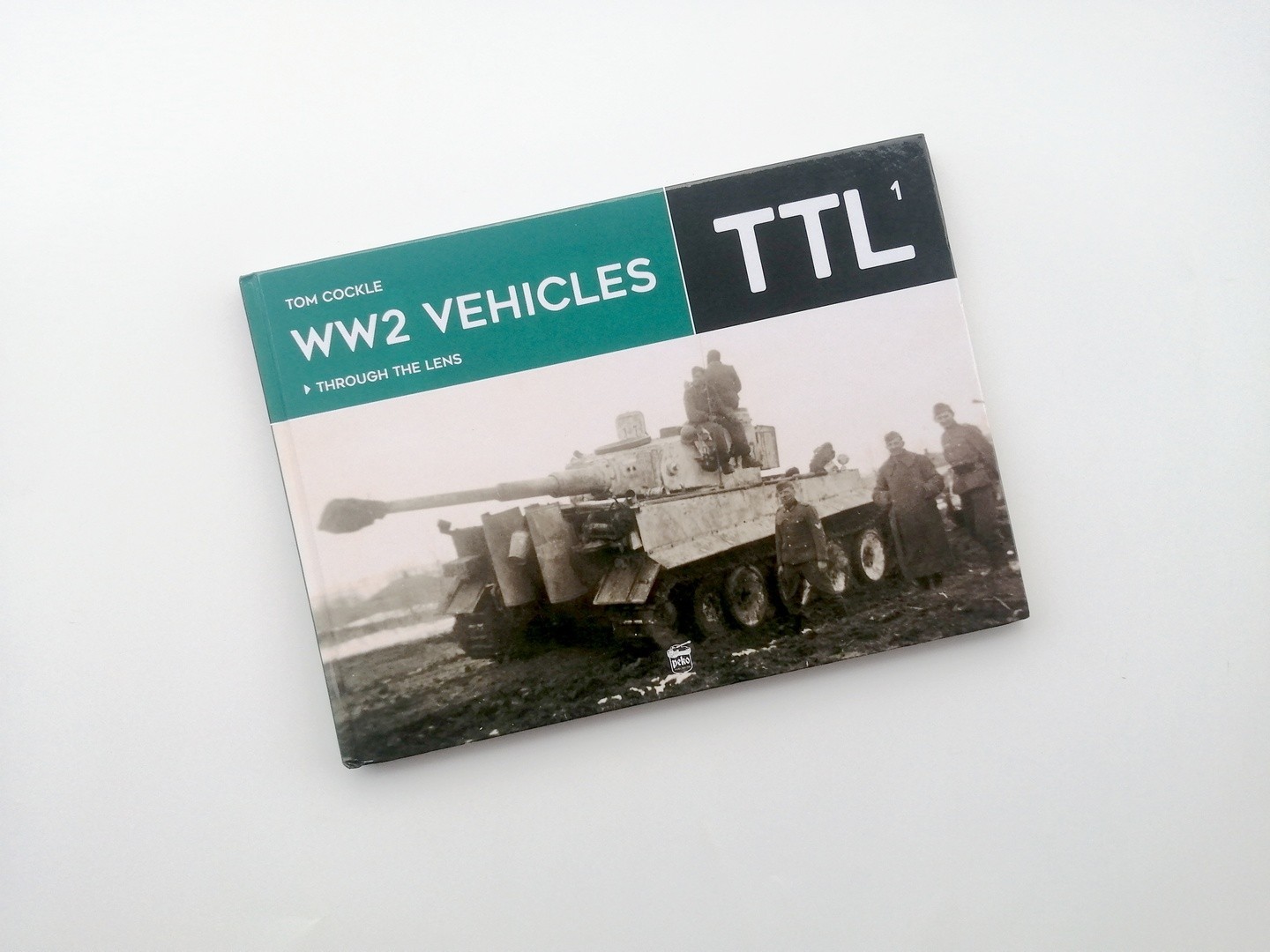
1 Sturmgeschütz-Abteilung 202
This section contains photos of the assault guns of this unit from the initial Ausf. C/D to G. There are photos in snow, in mud or in summer. Some of the tanks have their own names and in some cases there are several views of them. There is a small but interesting series of the Ausf. F with extra wooden armour on the lower hull.

2 Panzerkampfwagen VI Tiger Ausf E.
A good collection of images of this iconic tank as seen in various units of the Wehrmacht and Waffen SS. Again there is a variety of scenery, with snow, mud or summer and camouflage on the tanks accordingly. There are also some shots of the Tiger in railway flatcars ready for transport or undergoing maintenance. We can find photos of early, mid and late variants.

3 Lend-Lease tanks.
All the photos in the book were taken by German photographers, so although there are Soviet Army tanks in this section, they have all been abandoned or destroyed. We see Matildas, Shermans, Stuarts and Lees in various states of destruction.

4 Panzerkampfwagen IV Ausf. A to F
Here we find a good selection of images of what was the workhorse of the Panzer divisions. Again there are various units and scenarios, camouflaged with branches, white paint, dirty or even destroyed or under maintenance.

5 Marder II.
The photos are of vehicles from different units and with different camouflage, from dark grey to yellow, yellow with spots or winter. The crew uniforms are also of different types: black, Feldgrau from self-propelled artillery units, standard infantry and winter uniforms.
Some of the photos show the vehicles with the battle compartment covered by a tarpaulin, which is something quite common but rarely seen on models.

6 Other vehicles.
In this section the variety is even greater, as it includes vehicles of all types, armoured and unarmoured, such as staff cars, trucks, kubelwagen, half-tracks, etc. The scenarios and crews are also varied, with snow, mud or dust.
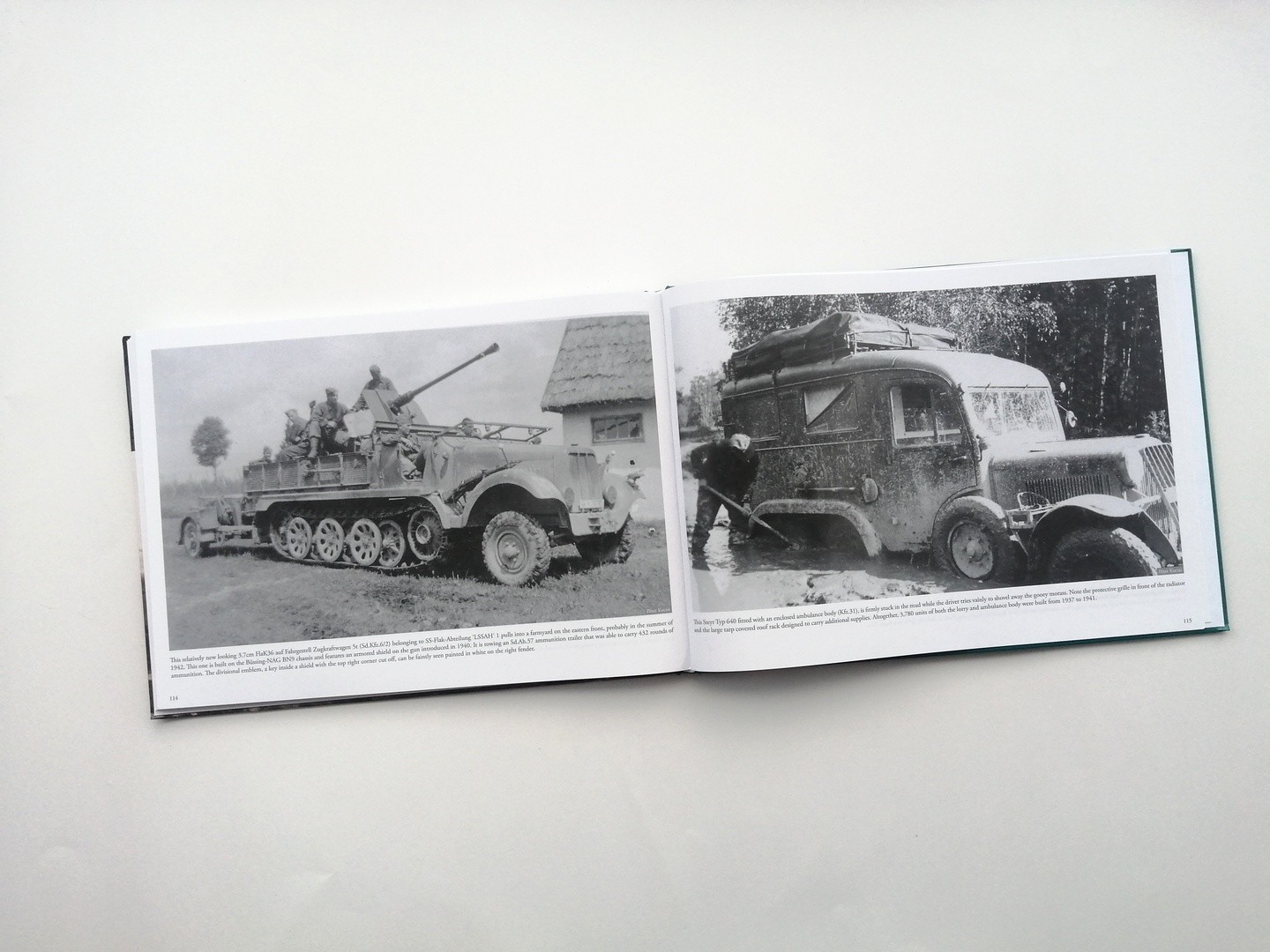
Conclusion
An interesting photo album in which the main feature is the variety of vehicles, as well as soldiers, camouflage and landscapes. The large, full-page photos allow a lot of detail to be appreciated and the captions provide interesting information. Coming from the author Tom Cockle, they have a plus of reliability.
A good general reference for vehicle weathering or scene inspiration.
Thanks to Casemate Publishers for providing the sample.











